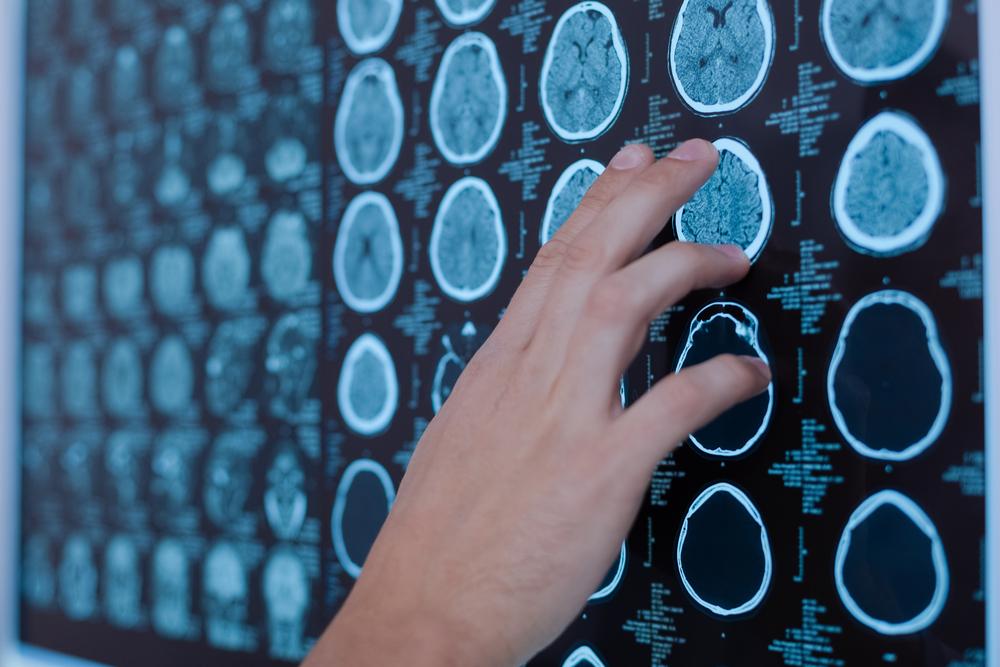Molecule Whose Fragments Appear to Block Myelin Repair Identified in Study
Written by |

A molecule responsible for preventing the repair of white matter in the brain, a process critical to treating multiple sclerosis (MS) and cerebral palsy, has been identified.
The research, “A TLR/AKT/FoxO3 immune-tolerance like pathway disrupts the repair capacity of oligodendrocyte progenitors,” was published in The Journal of Clinical Investigation.
White matter in the brain’s white matter is composed of nerve fibers. Its color comes from myelin, the protective layer wrapping nerve fibers that works to ensure proper cell communication. Damaged myelin is a hallmark of MS and other disorders.
Myelin is produced by cells called oligodendrocytes. Research shows that, in cases of chronic white matter injury, oligodendrocyte progenitor cells (OPCs) — the precursor cells of oligodendrocytes — accumulate in lesion areas but are unable to produce myelin. Scientists believe this is due to the presence of fragments from a very large molecule called hyaluronic acid (HA); these small fragments also accumulate at lesion sites.
Now, researchers studied how these HA fragments block myelin repair.
Results showed that one specific-size fragment of HA affected OPCs. Treating rat cells modeling white matter disease with this specific fragment initially activated myelin formation, then completely shut down.
Researchers noted that this is similar to the immune tolerance mechanism, which is used by the immune system to prevent severe tissue injury from an ongoing, damaging immune response.
“We showed that HA creates not just a roadblock to myelin repair after injury, it also shuts down all of the possible detours,” Stephen Back, the study’s senior author and a professor of pediatrics and neurology at the Oregon Health & Science University in Portland, said in a press release. “Tolerance can be helpful in preventing the brain from repairing itself too quickly, but in some disease conditions, it can turn into a detrimental response.”
“Strategies to reverse this tolerance-like state appear to represent a novel approach to promote myelin regeneration,” the researchers wrote.
The study also revealed the molecular pathway mediating the HA fragment’s effects, which involves proteins regulating immune tolerance (TLR4) and myelin repair (FoxO3). Activating FoxO3 results in reduced activity of myelin-related genes and slower myelin repair. However, this process only occurs when HA is present.
Importantly, the team observed that in human brains affected by white matter injury and MS, activated FoxO3 was found in oligodendrocyte progenitor cells and blocked myelin production.
“This study uncovers a new player in white matter disease and identifies a potential drug target,” said Jim Koenig, program director at the National Institute of Neurological Disorders and Stroke (NINDS), which funded this research. “It also describes a unique situation in which the brain tries to take over immune system functions, with devastating results.”
Intact HA is the major component of the brain’s extracellular matrix, which provides structural and biochemical support to cells. In white matter injury, damaged extracellular matrix triggers an inflammation reaction.
“For decades HA was thought of as simply a glue holding everything together. In recent years, we have come to learn how critical this molecule is for various pathways and potentially, many neurological disorders,” Back concluded.





